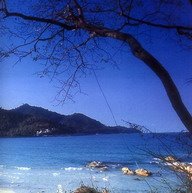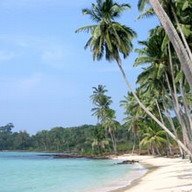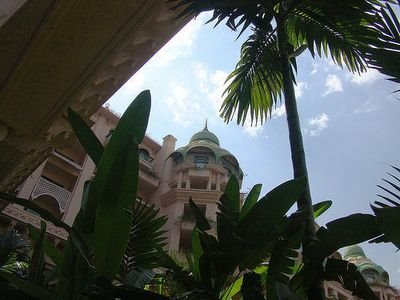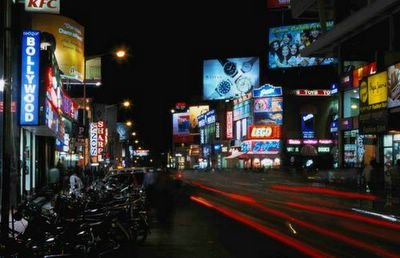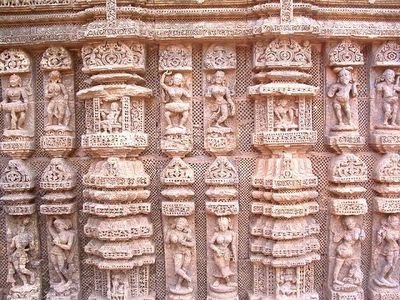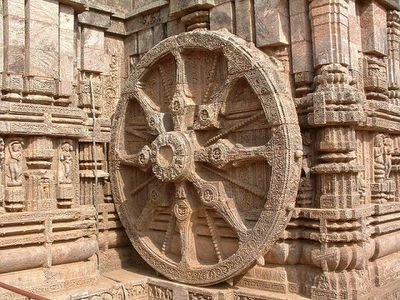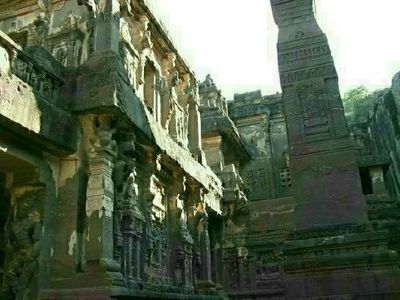
Koh Pha Ngan
Koh Pha-Ngan is situated in the Southern Gulf of Thailand, 100km from Suratthani, the district centre. The nearby Island of Koh Samui has an international airport that receives flights from all over Thailand and Asia. Koh Pha-Ngan is a 15km boat journey from Koh Samui with ferries all day.There are two seasons in Southern Thailand: wet and dry. Although there are two different seasons the temperature on Koh Pha Ngan tends to remain faily constant year roundThe island tends to be most crowded between the months of November, December, February, March and August while January and July can also be busy sometimes. Consider arriving in April, May and June if you would like to avoid the crowds and take advantage of lower prices. If you are looking for a beach holiday with lots of sunshine then, although cheap, the months October and September are best to miss

